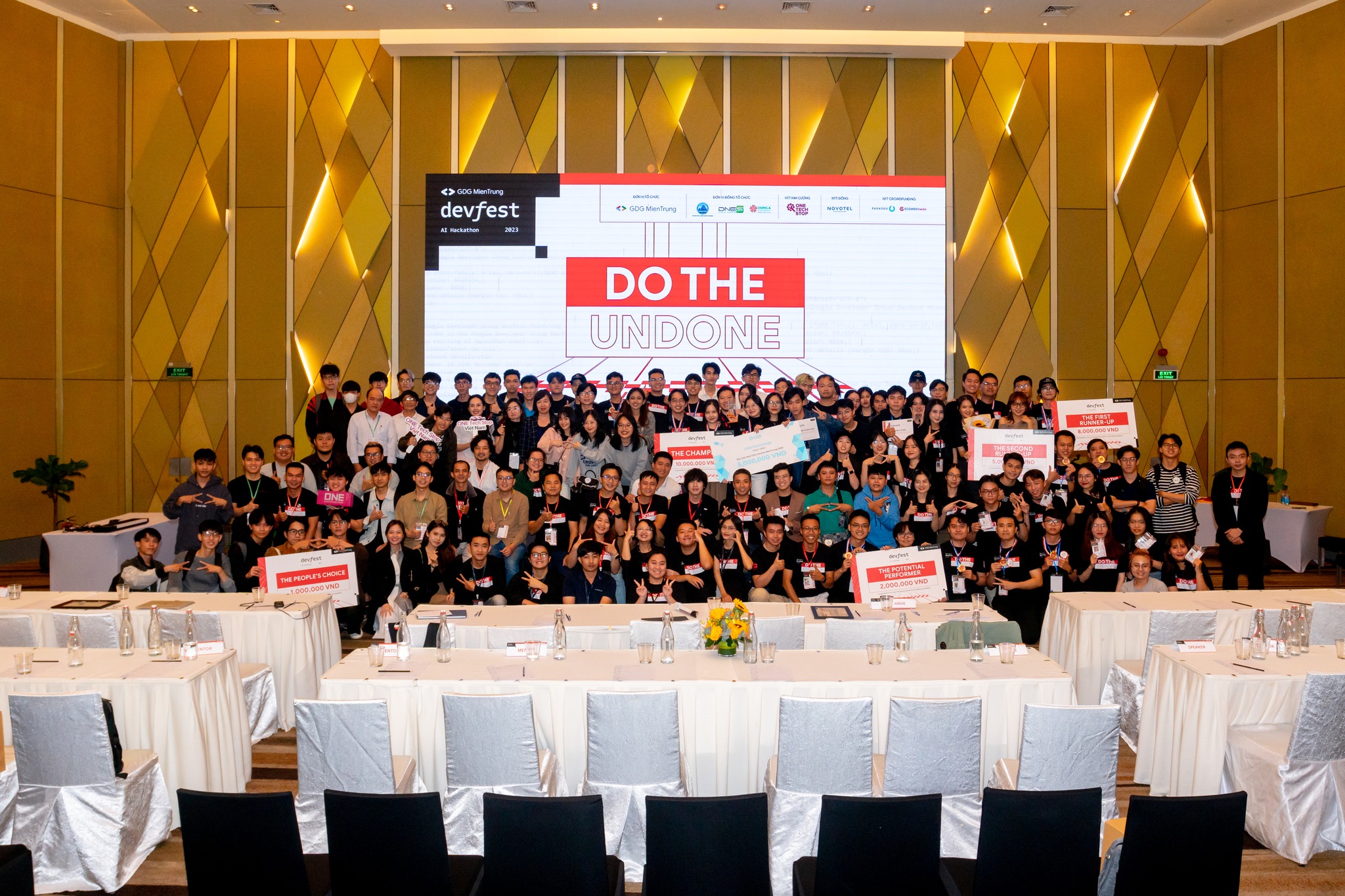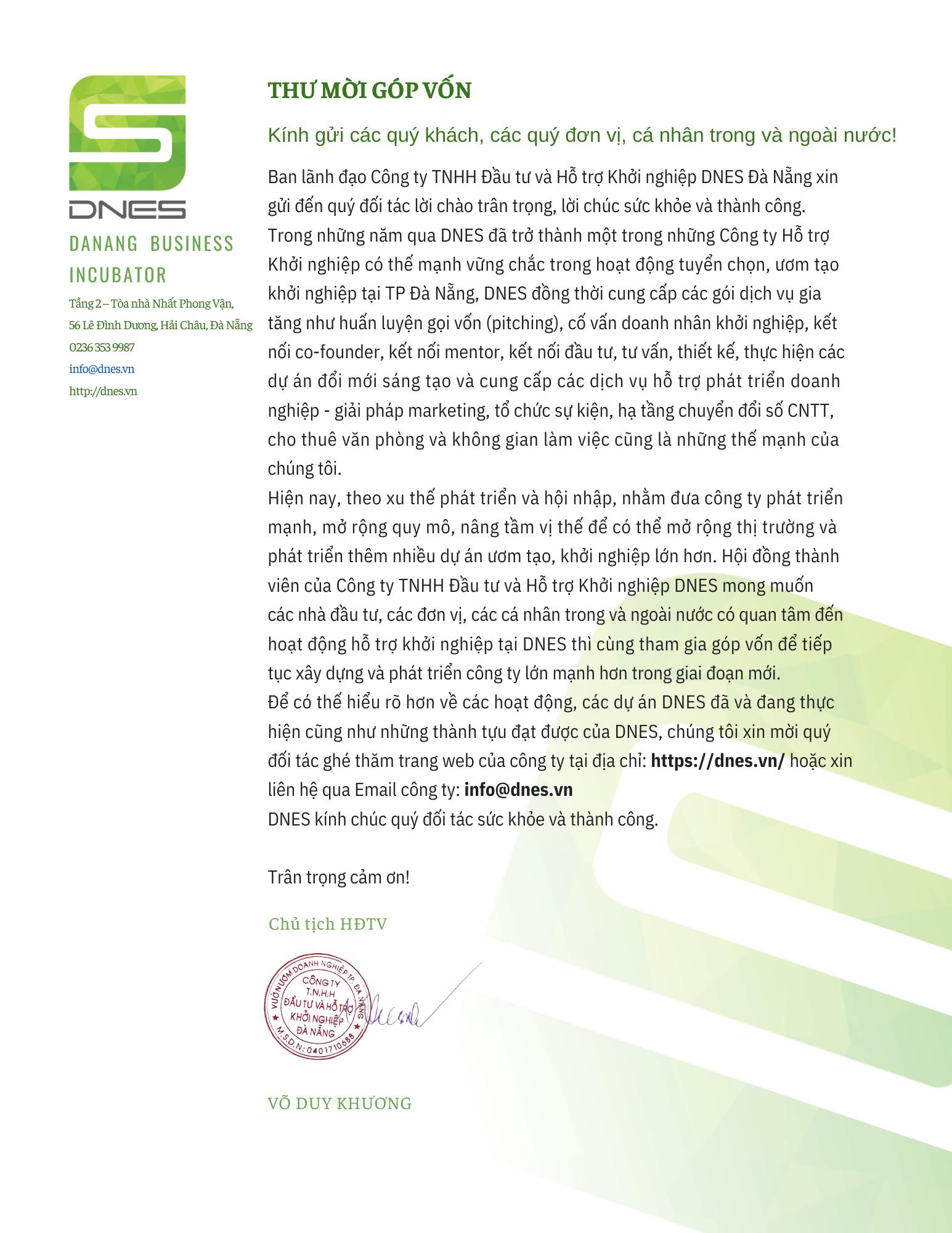MANAGING THE PRODUCT DEVELOPMENT PROCESS OF STARTUPS
Product development is a long process, requiring startups to always focus on many aspects to produce a successful product. It is not enough to understand the theory, the founder also needs to grasp the product development process at the implementation level. From there, it is possible to ensure that the product is built as required and released on schedule. And to bring the most information to you about managing the product development process, the series of lessons on the topic “Product development for startups” will continue with the final lesson, with the main content revolving around the product development journey and how to implement the product building process.
The series of lessons “Product development for startups” is part of the “Series of startup lessons” implemented by Da Nang Business Incubator (DNES) in collaboration with project office 844. The content of the lesson consists of three parts:
– Part 1: Product and product development stages
– Part 2: Effective product development methods
– Part 3: Managing the product development process
– Part 4: Some notes when developing products
Part III. Manage the product development process of a startup
As mentioned earlier, two common approaches that make product development easier are Lean Startup and Design Thinking. Applying Design Thinking helps you identify your target customer’s most pressing problem, and propose ideas for solving that problem. Next, with Lean Startup, you build value assumptions and shape key product topics, here the large set of features or requirements. The above will help you avoid common mistakes in the process of building products. However, it is also necessary to understand that the performance of startups is the decisive factor in the effectiveness of the product, as well as ensuring the product is delivered to users.
- Practical difficulties in the process of building products:
Often, the reality will turn out very differently from your original plan. Specifically, during the product development process, you will probably receive a lot of requests and ideas for new features, which can come from trial customers, from team members, from investors and from yourself.And out of habit, we’ll jump right into designing and building new features.That will lead to many problems such as:
– Failure to get the product to target customers for direct trial soon
– When there is a product, the product becomes too complicated for users.
– The technical team constantly receives requests resulting in overload
– Continuous expansion or change between features results in an uncertain release schedule.
– Links between founders and technical departments and business departments are not good.
– It is difficult to assess the effectiveness of each value that the product is expected to create.
- Building a product development management process:
Here are suggestions and notes from experts to help startups have a more effective process of managing product construction:
- About the team:
The first is the team. Businesses need to create close links between departments involved in product development. Specifically, you can build 1 product team, in which there should be a combination of 3 important expertise:
– UX —Ensure customer benefits, receive customer feedback and suggestions, and always aim to improve user experience
– Technology — Ensures technical requirements and release scheduleof versions
– Business — Secure established value propositions and business goals
- Develop a clear strategy, execute quickly:
– Building a Product Strategy:
You need to have a very clear strategy that defines what you want to achieve. In addition, you need to provide information about the market, about your target customers, and guide large feature groups to your team.
– Build a Product Roadmap:
Develop a general plan on the development direction and release time of the product.
– Build by Sprint (product release frequency):
Release product improvement versions regularly to quickly collect and learn from customer feedback.
- Experience optimizing capacity at an early stage:
The ultimate goal is to help everyone on the team understand what they are doing and know what they need to do. The common thinking of early-stage startups is to feel free to go there or go there because the team has few members and a lot of time. On the contrary, that is the time you need to optimize the limited resources available to soon bring the product to trial users.
If you are a small team at an early stage, you can refer to the following implementation steps:
– Identify the product team as all members of the startup
– Set up and share Product Strategy, Product Roadmap for the whole team
– Select a sprint frequency, e.g. 2 weeks
– Someone is responsible for the product (at an early stage, this is usually the founder)
– Organize product meetings regularly with the whole team to brainstorm about new features, bugs, or proposals for the product, as well as evaluate the level of implementation: easy, medium, difficult
– Choose what to do for the next Sprint. Describe requirements in detail and assign each specific job
– Focus on doing and ensuring progress
– The whole team tests the product before releasing the new version.
Taking these steps will help you maximize your capacity and align all members of your business, thereby ensuring everyone is on the same page.
III. General notes on the product development process:
Thus, we have gone through 3 lessons on product development, especially compatible with products with innovative elements and are at the early stages of the development life cycle. And here are the notes from expert Vu Xuan Truong for startups in product development:
- The stage of introduction or market entry is the most difficult stage for the product. Most new products do not pass this stage. Therefore, the most important goal is to get Product Market Fit before you can grow strongly.
- To maximize your chances of achieving Product Market Fit as well as optimizing costs, businesses should apply proven product development methods such as Lean Startup and Design Thinking.
- The right method is a necessary condition, effective enforcement is a sufficient condition. Product development requires a good management process guided by a clear strategy and quick implementation.
To better understand how to manage the product development process, please watch more video lessons below:
Author: Vu Xuan Truong
GENERAL INFORMATION:
>> Series of lessons that provide knowledge and skills for startups
>> Lessons posted at: https://dnes.vn/
>> Organizer: Da Nang Business Incubator in collaboration with Project Office 844





